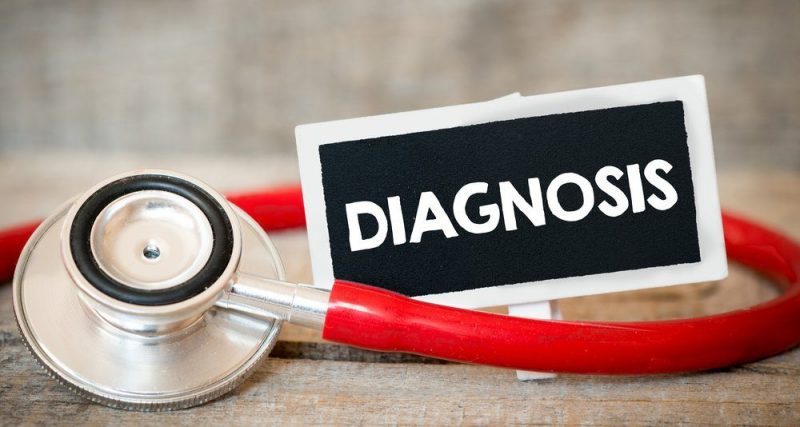From ‘Motor Moron’ to a Limb-Girdle MD Diagnosis

Roobcio/Shutterstock
As I noted in previous columns, everyone is different. You are who the other is not. This philosophy also applies to the life experiences that lead to a diagnosis.
As a child, I was often referred to as clumsy. While I vehemently denied it in my mind, it was likely true.
I vividly remember once when I went to our place of worship to help fix things up. I saw a box of tools on the pavement and made a bet with myself that I could step over it without anything — or anyone — falling. I walked up, took a step over it, and … bang, clank, thud.
“Hey, Adeel, did you fall again?” someone asked.
I cleaned up the mess and helped with any minor tasks I could.
Because of this clumsiness, I often tried to complete tasks in the most efficient and “foolproof” way possible. For example, when my family was moving some furniture from the top floor of the house to the basement, I utilized physics to move the furniture alone when my father wasn’t home.
I always wanted to be helpful because it was awkward when others made me feel like a “motor moron.”
Don’t get me wrong, I was no brainiac, but I felt fortunate enough to have a mind that should be shared with others. So even though I wasn’t a straight-A student, I began tutoring and helping others succeed in school.
Memorizing facts wasn’t my strength, but I recognized that my gifts were deductive reasoning and making connections between topics, and my creative outlet was working with my hands.
This combination of skills eventually led me to pursue a career in physical therapy. I knew that if an “uncoordinated” person like me could make minor corrections to their body and be “normal,” I could help others achieve similar goals. However, the more I studied, the more I realized I was not like the others in my class.
After my first semester, I was admitted to the hospital for an extended period after experiencing what I thought was hematuria, or blood in my urine. However, my elevated enzymes soon proved this was not the case. I had several blood tests, electrocardiograms, and ultrasounds, but most came back negative.
I was (and still am) proud of the ultrasound of my heart because the sonographer said it was one of the best she had seen. She even asked me to sign a waiver that allowed her to spend more time taking images that could be used in medical education and possibly even a textbook.
During that time in the hospital, several doctors would come in and perform the same testing, to the point that I began testing myself and describing what they should be noticing. This might not have been the best idea because they seemed to think my condition was likely psychosomatic, or all in my head.
Eventually, the physicians agreed that the only way to know what was wrong was to take a muscle biopsy from my upper and lower legs. Unfortunately, it took several months to receive a clinical diagnosis of limb-girdle muscular dystrophy.
My neurologist told me that given my current disease progression, I would likely only be able to walk for another year or so. Additionally, the physicians told me that I should leave physical therapy school and go into medicine because of my clinical reasoning skills.
Rather than feel disheartened, I took this as a challenge. I have always believed that no one knows the future; it is simply something you create.
Therefore, I began a journey of research and decided it would be best to continue physical therapy school. Additionally, I was and am fortunate to have a spouse who pushed me to my limits and had me walking again.
If you are wondering how this occurred, I have two words: Wii Fit. We set up the Wii Balance Board and challenged each other to see who could get a perfect score first. Eventually, the game became a form of therapy that allowed me to walk for an additional 10 years.
I still stand and walk around a bit at home but utilize a power chair for longer distances. It is vital to conserve your energy. All in all, you have one life, and I want to be able to do as much as I can with what I have left.
***
Note: Muscular Dystrophy News is strictly a news and information website about the disease. It does not provide medical advice, diagnosis or treatment. This content is not intended to be a substitute for professional medical advice, diagnosis, or treatment. Always seek the advice of your physician or another qualified health provider with any questions you may have regarding a medical condition. Never disregard professional medical advice or delay in seeking it because of something you have read on this website. The opinions expressed in this column are not those of Muscular Dystrophy News or its parent company, Bionews, and are intended to spark discussion about issues pertaining to muscular dystrophy.








Leave a comment
Fill in the required fields to post. Your email address will not be published.